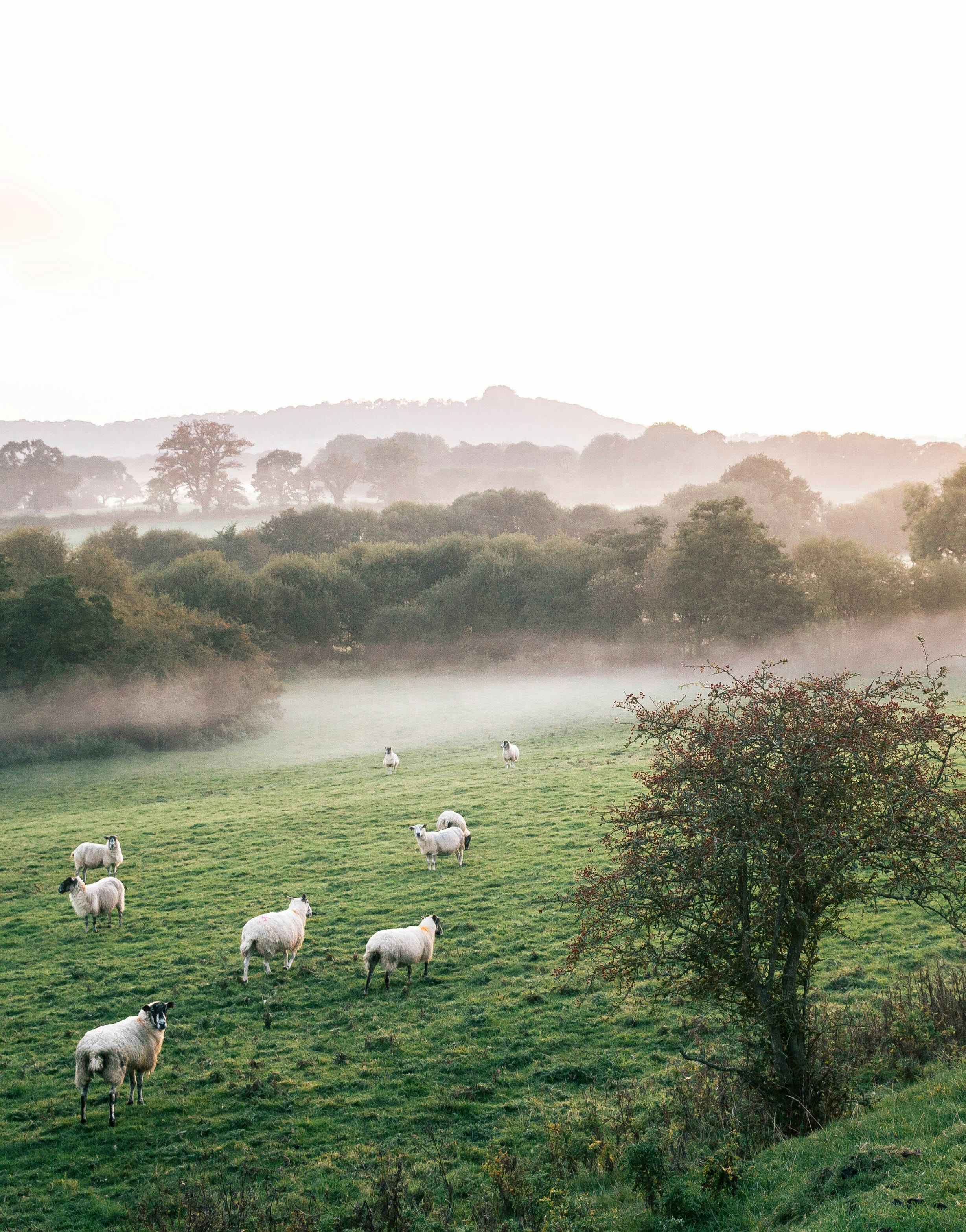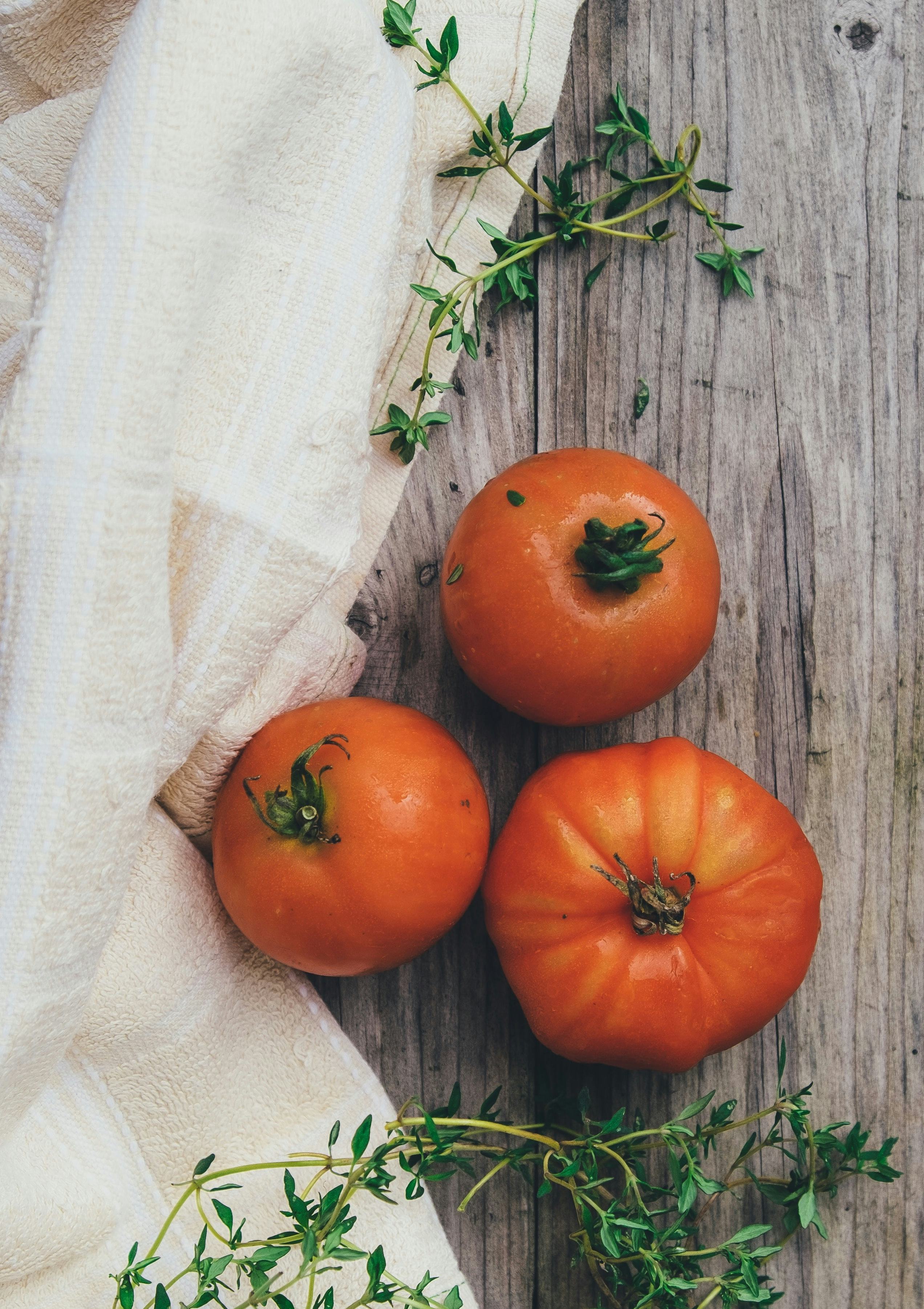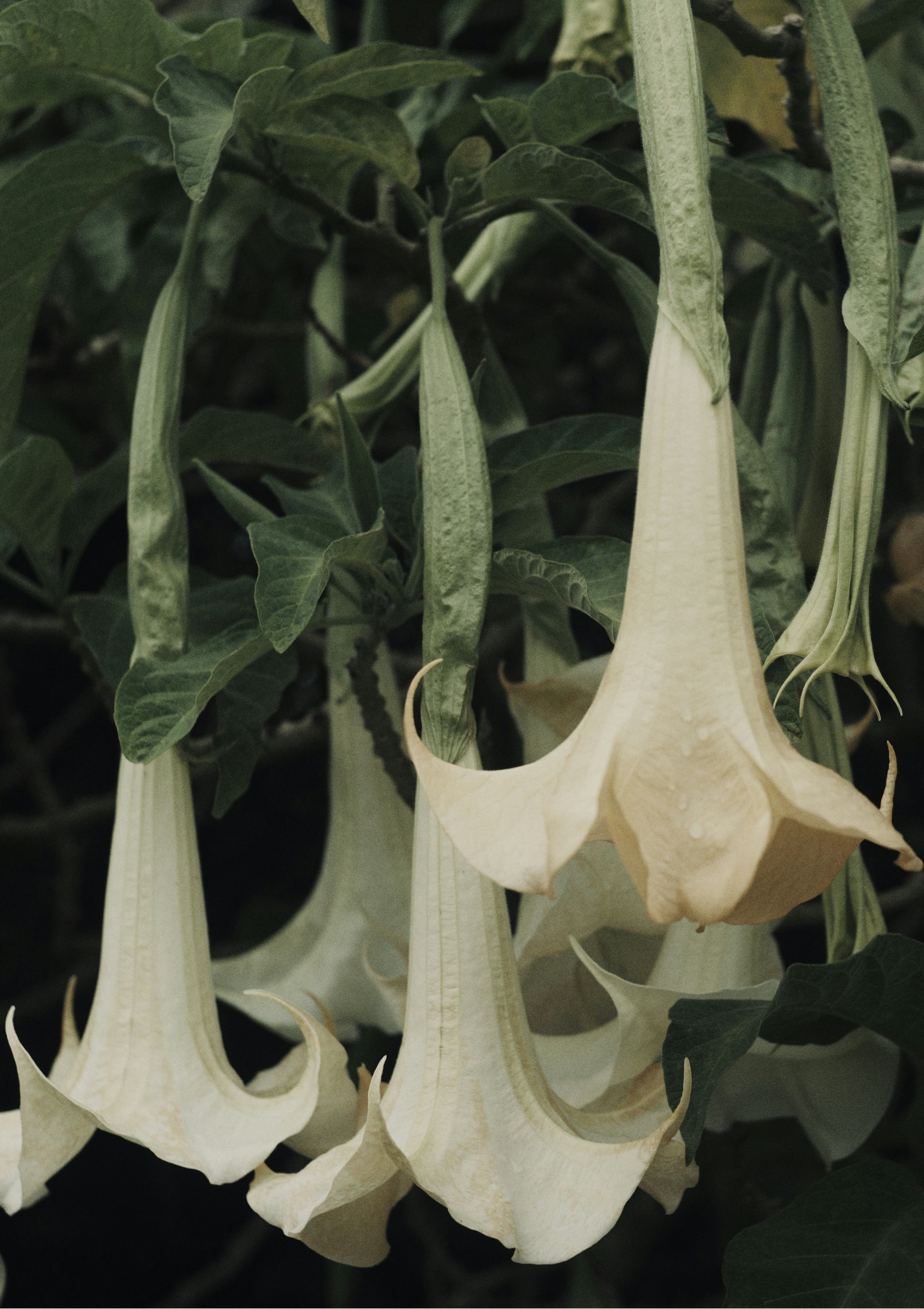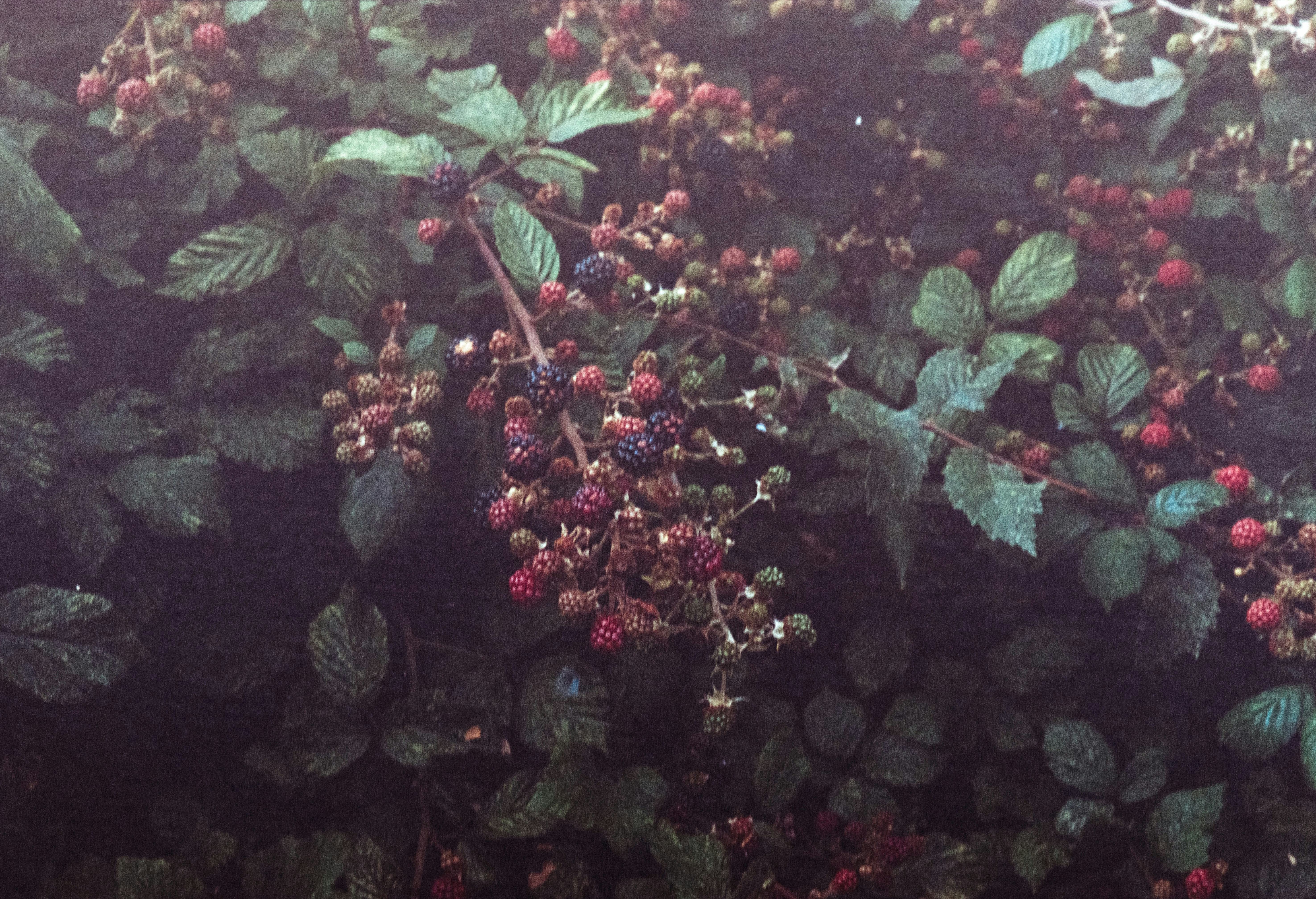The gutter overflowed with brown, spiky husks like the aftermath of a tiny urchin apocalypse. I looked at Heather with a wild and unearned triumph.
“I believe we’ve found the spot!”
She flashed me the wide grin she reserves for ragged moths and lanky lobelia and the peculiar people who love them. Three rows of six chestnut trees each had been planted snuggly together, a little grove secreted alongside the dumpsters behind an elementary school. Judging from the ratio of splayed burrs on the ground to the handful of green orbs perched in the highest branches and silhouetted against a heavy sky, we were a bit late in the season. Even so, once our eyes adjusted to discern the glossy sheen of the chestnut from the background of decomposing hulls, fallen leaves, and discarded surgical masks, we realized a cornucopia slept quietly at our feet.
I’m not sure how many months of pandemic life had ticked by before I realized that foraging had become a way of coping. It was partly due to timing. By May of 2020, my introvert elation at an endless horizon of cancelled plans had frayed at the edges and been replaced with worry. Our initial belief that thoroughly washed hands might be enough to keep you safe from the virus was being supplanted by a darker realization: it could be carried on the air between us. Even still, some claimed it was all a hoax. More refused to wear masks. Refrigerated trucks parked outside of hospitals to manage the overflow of bodies. My faith in humanity ebbed at an all-time low. As if in sympathy, Atlanta’s spring – typically a rainy affair that swelters straight into summer’s soupy humidity – was a long parade of cool, clear days.
I have availed myself of the city’s fruit trees long enough to have favorite spots, to chart a rough map in my head of where to go and when. But fruit ripens according to a schedule much older than clock time and isn’t particularly bothered if that conflicts with a busy week at the office. Most years I do well to snag a handful of blueberries before the birds strip the bushes or find a few sticky figs that haven’t been ravaged by wasps. But the Long Pause changed how we moved within time, slowed us back to a fruit ripening pace. I suddenly found myself filling jar after jar of swollen mulberries, staining my hands a bright mauve.
At night, I steamed up my kitchen windows cooking the fruit down with sugar, lemon, and a scrape of fresh nutmeg. I lowered the still-warm jars into the burbling canner and lifted them out again, satisfied by the pinging chorus of each lid sealing into place. Friends would find the jars days later, on stoops and in mailboxes, tied with ribbons and little love notes in hopes that the dark sweetness would be enough to sate a growing hunger with no foreseeable end.
Foraging, I discovered, was also the perfect social outing during plaguetimes: outdoors, close enough to chat, far away enough to not be a vector, soothing for the mind, delicious on the tongue. I hadn’t known Heather very well when the pandemic began. It only took a couple of walks together for our similarities — rooted in extreme ecological nerdiness, a love of buttery words, and a dogged dedication to human decency — to shine through.
Our first fruit adventure found us chatting easily alongside two young serviceberry trees planted on the campus of a local university. A few hours later, I was looking up at the soles of her sneakers as she balanced in a scraggly peach tree outside a coffee shop. This particular peach tree drops the sweetest, white-fleshed peaches into a death-trap traffic corridor with a reversible center lane. As I watched Heather stretch for the biggest, juiciest fruits at the top, her dark hair festooned with twigs, completely oblivious to traffic honking and perplexed pedestrians, I knew she was kin.
Her feral approach to gathering mirrored my own, but something else made me share those afternoons with her. Each time we filled our eager baskets halfway with whatever sun-ripened gem we were after, we would fall into an easy rhythm. Inevitably, in some momentary lull, I would push my hair back from my sweaty forehead with the back of my wrist and look up to find Heather fixing me with her dark denim eyes, her jaw slack: a gaze of awe that said has anyone ever known such generosity?
She felt what I felt as my hands deftly plucked each fruit, each one a prayer, a thanksgiving. Until a couple of generations ago, days like this were, quite literally, life giving. Even with a refrigerator full of food at home and a glut of restaurants within ten minutes of my house, every cell of me still felt it.
Author and ecologist Robin Wall Kimmerer asks her students if they love the earth, and every hand goes up. When she asks if the earth loves them back, only a few timid hands raise. I understand, though. We are complicit at every turn for the damage done. And yet, how can you doubt anything but reciprocity with peach juice streaming down your chin? Maybe that’s why foraging felt so right as the body count ticked higher, divisions dug deeper, and the world burned hotter. It was a quiet, stubborn insistence on love.
“The chestnuts feel different,” Heather said, looking at one in her hand. We had been squirreling our way from tree to tree, picking up nuts from the ground and squeezing them between our fingers to check for rot before plunking them in our bags. Occasionally, we’d find whole barbed cupules that had made their way to the ground without bursting, open only enough to glimpse the dark jewels nested inside. No matter how gingerly we tried to maneuver them, we pricked our tender fingers again and again until we learned to use the thick soles of our shoes to pry the fruit open. We’d whoop each time we plucked one even larger than the last from its casing and run to each other to show off our victory. Such uncomplicated joy offered immeasurable relief.
“You mean from other nuts?” I asked. A fresh chestnut is, after all, a remarkable thing. The warm, woody striations on its curved surface combined with the luster of its shell make it appear lit from within, as if it would be warm to the touch. Its tapered point, the one that peeks out from between the burrs, is surprisingly furred, almost mammalian, and soft as the velvet at the end of a horse’s nose.
“I mean, yeah, but also from the other times we’ve been out. I don’t know…it just feels more solid. Like something you could live on. It feels right in my bones.”
She was correct on both accounts. The chestnut has been called “Bread Nut” and has more carbohydrates and less fat than other nuts; it nourishes almost like a grain. But beyond that, it did feel different. The whole experience. More intimate somehow. I couldn’t put my finger on it. Maybe it was because those chestnuts were far from their home soil. They were an Asian variety, Castanea mollissima, planted in the last couple of decades. Theirs was an immigrant story. By contrast, the tale of Castanea dentata, the American chestnut, was pure tragedy.
Once the dominant species across the Eastern Seaboard, the American chestnut population had hovered around four billion. Unlike the Asian variety’s branching posture, the American chestnut was nicknamed the “Sequoyah of the East” for its towering stature; an old black and white photograph shows a family of five staggered roomily in front of one’s trunk, the youngest boy tucked into a hollow as snugly as any sparrow.
Its wood was strong, straight grained, and fast growing; the men and women of Appalachia had good odds of being rocked in a chestnut cradle, raised in a chestnut house, and buried in a chestnut coffin. They’d connect to their world through chestnut telegraph poles and railroad ties. They’d eat the nuts – every year a mast year - feed them to livestock and, I’m sure, curse the spiky hulls that needled into everything each fall. They would, quite simply, live their lives beneath a perfect tree.
I have a small collection of things gone long before my time that, nonetheless, acutely sadden me – among them: the Library of Alexandria, the Tasmanian tiger, and the American chestnut. In 1904, an Asian chestnut tree was brought to the New York Zoological Park, now the Bronx Zoo. An invisible fire was hidden in its bark that would tear through an entire species in record time. The chestnut blight has been called the greatest ecological disaster to strike the world’s forests in all of history. The blight girdled even the stoutest trees in orange patches, choking the tree and turning the eastern woods into a forest of ghosts. A species 40 million years strong was wiped out in under 40.
The American chestnut is not entirely extinct. A few, isolated specimens still exist in scattered locations across the country. Efforts are being made to cross- and back-breed a tree with enough Asian chestnut genetics to resist the blight. Instead, the tree is functionally extinct; vigorous shoots sprout up from chestnut stools throughout Appalachia but are strangled out by the blight before they reach sexual maturity.
It’s the genius of the fool, the wisdom of the gravedigger, to just keep growing in the face of repeated annihilation. But what else is there to do? Tucked in the chloroplasts of these runty saplings are memories of towering against the sky, of an almost limitless munificence.
A strong breeze ruffled the leaves in the chestnut grove and shook loose husks that erupted in shimmering nuts when they hit the earth. I stooped to pick them up and saw a thin tendril of green snaking out of a nut half buried in the red clay. That was why harvesting nuts felt different. The berries and fruits we had picked all summer were a compact, an agreement made by everything with legs and wings: sweet flesh in exchange for transport, carrying seeds to new soil. Nuts, though, are a sacrifice. They can sprout and reproduce or bestow that spark of energy to us as generously as they would to a passing chipmunk.
I’m sure I could be accused of assigning too much agency to these trees, attributing a sentience to them that would make many scientists itchy. But if behind the dumpsters of an elementary school, nourishment can drop from the sky as easily as rain, who are we to say what’s possible? What if the imperative to love beyond reason is the secret engine of this ailing world? Has anyone ever known such generosity?
Kimberly Coburn is a writer and self-professed dilettante and amateur based in Atlanta, GA. In 2013, she founded The Homestead Atlanta—a hands-on, regenerative education collective—and she continues to explore the intersection between craft, the human spirit, and the natural world.
Discover more from Kimberly Coburn.









